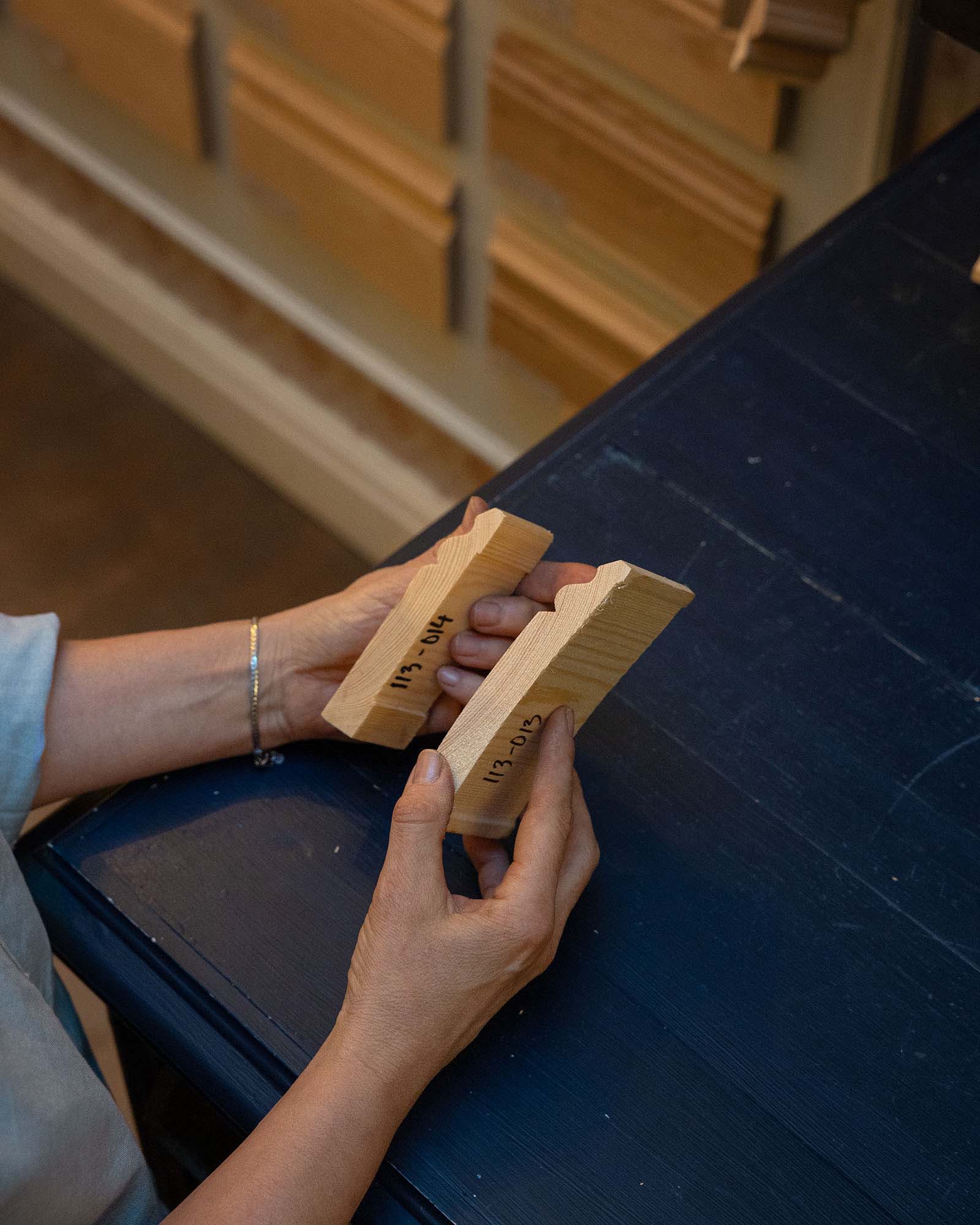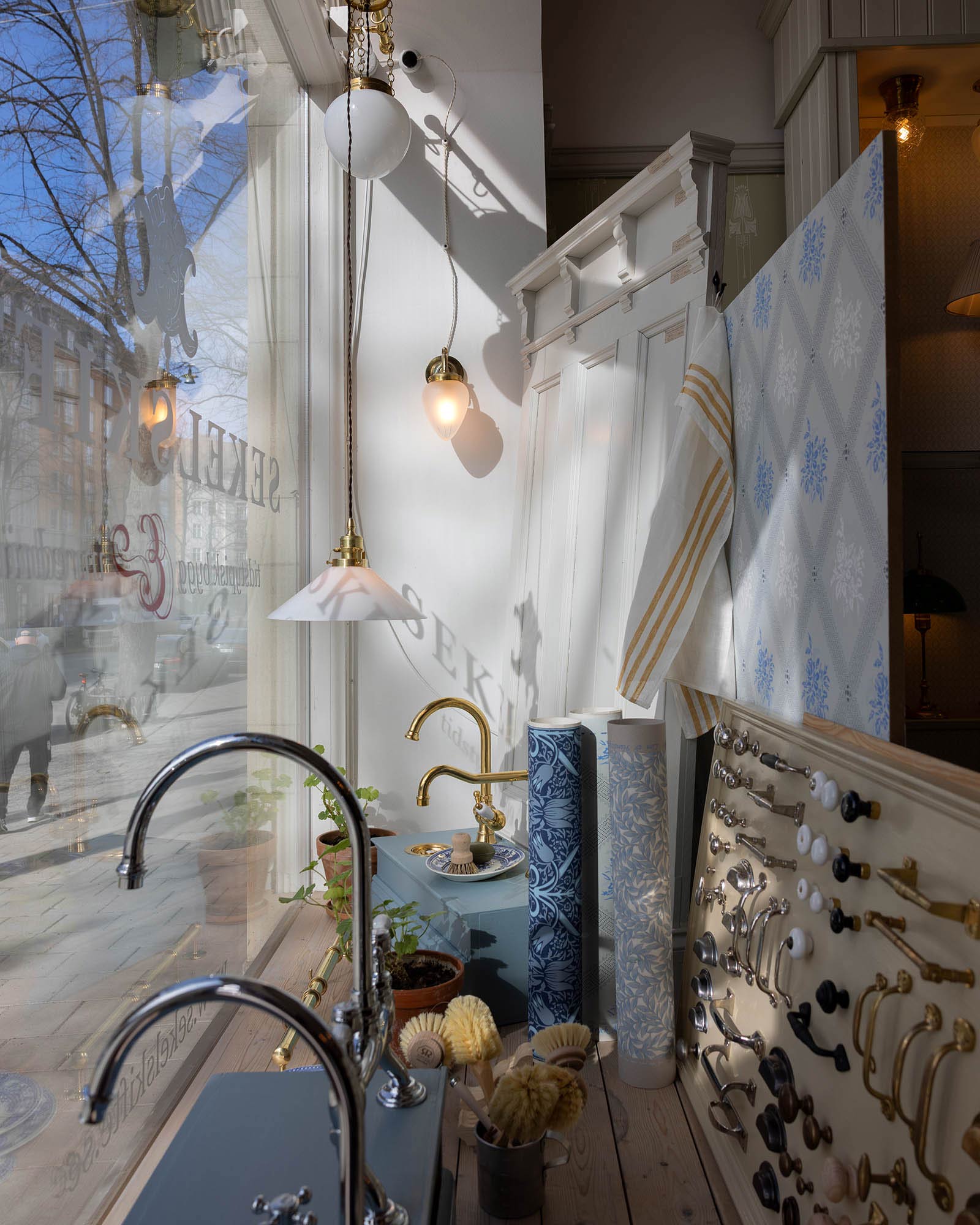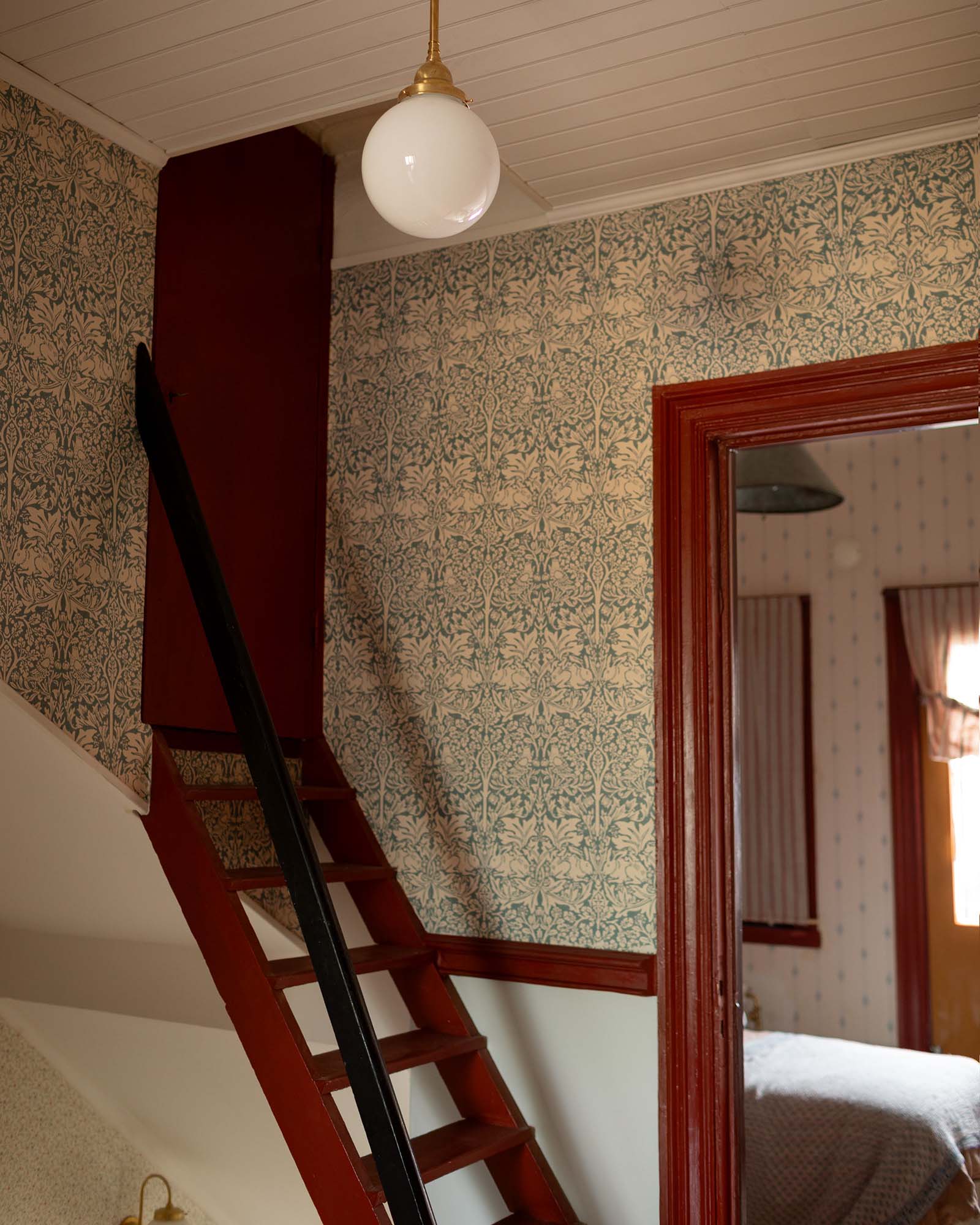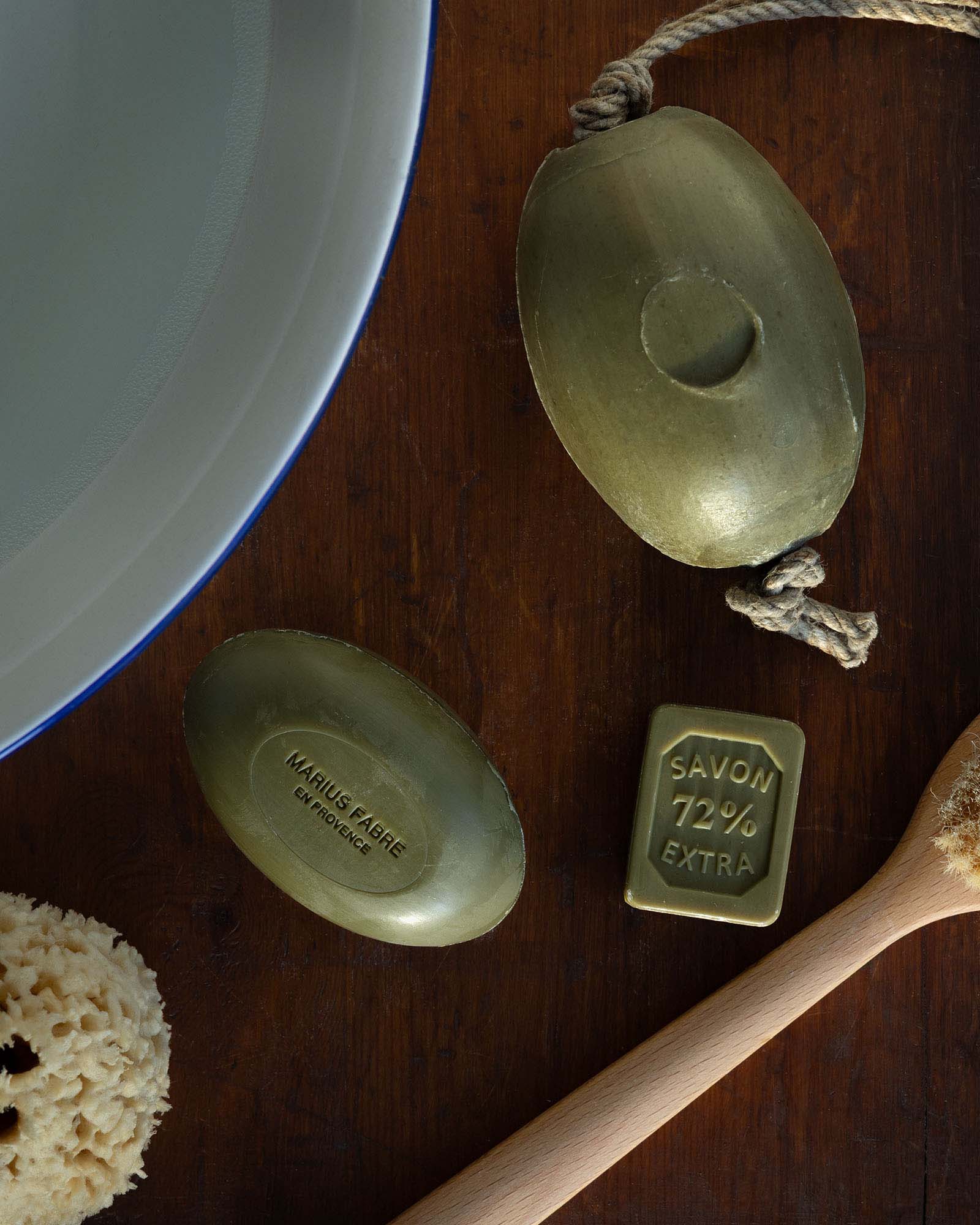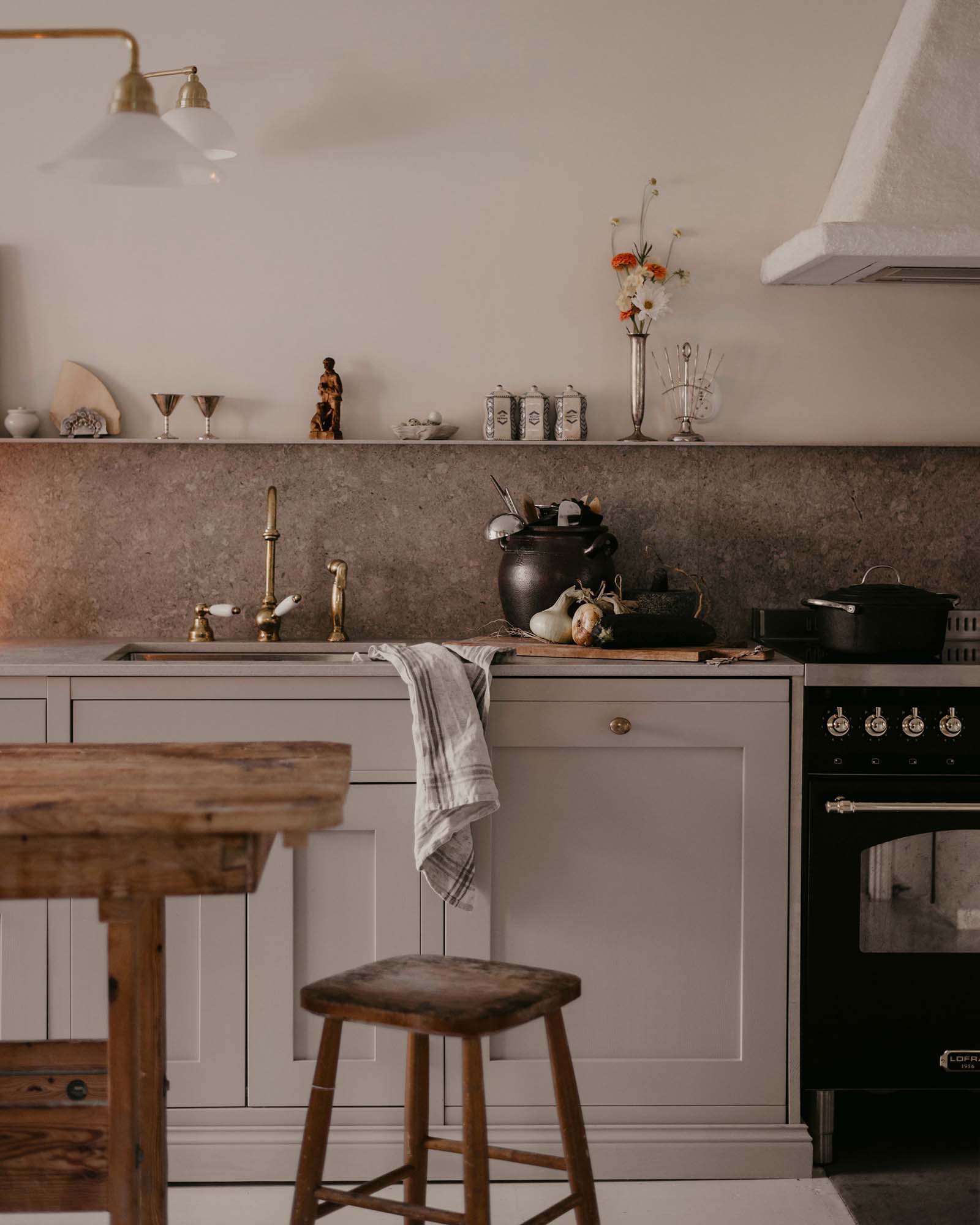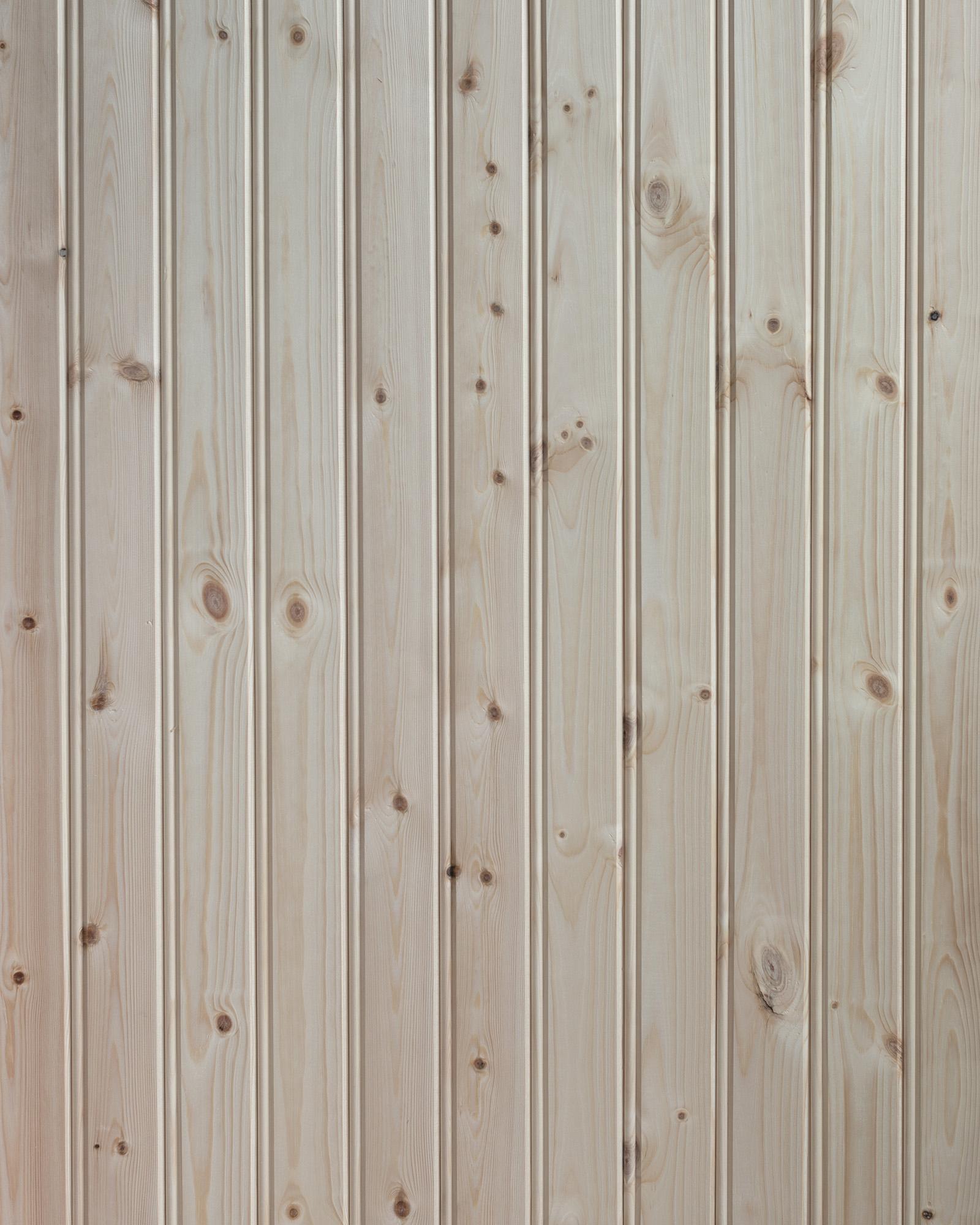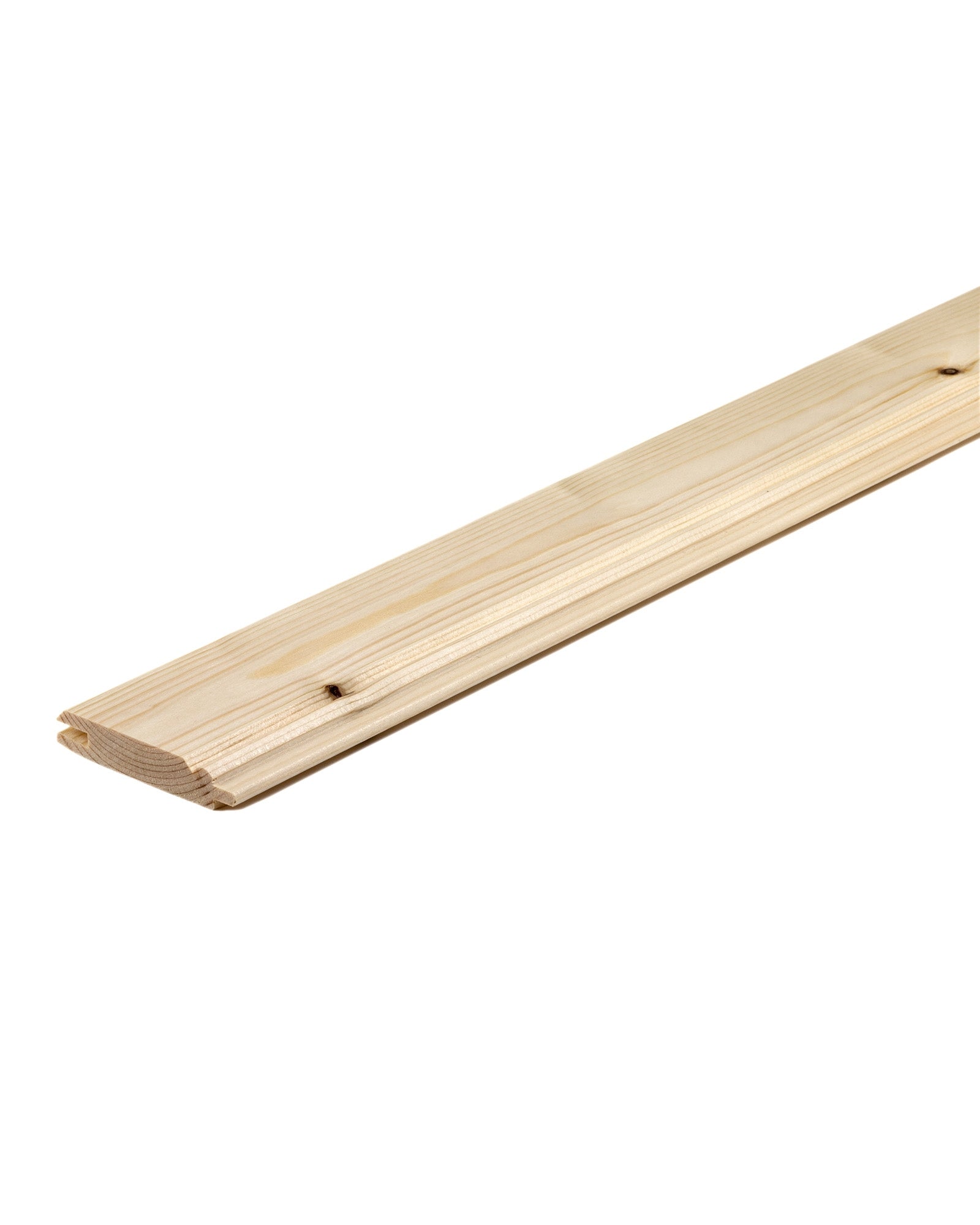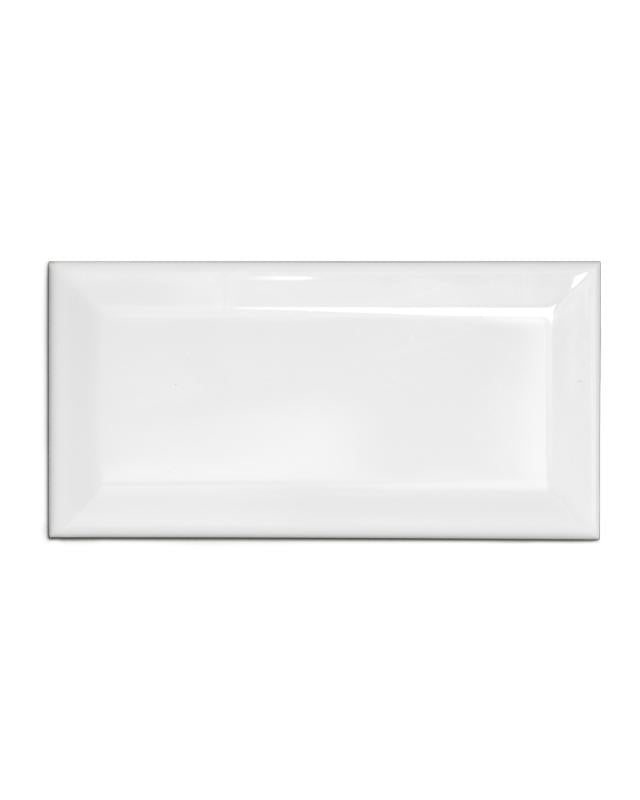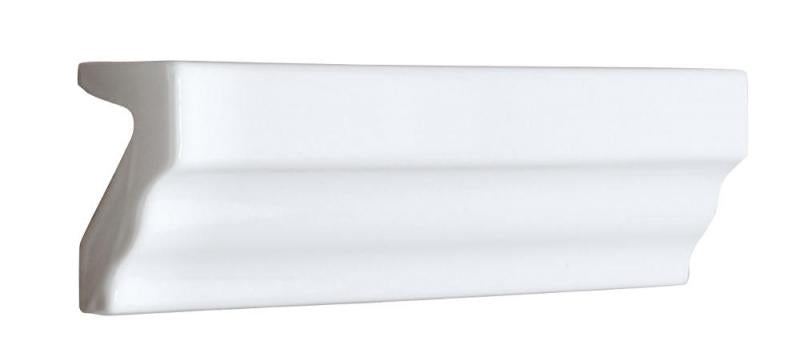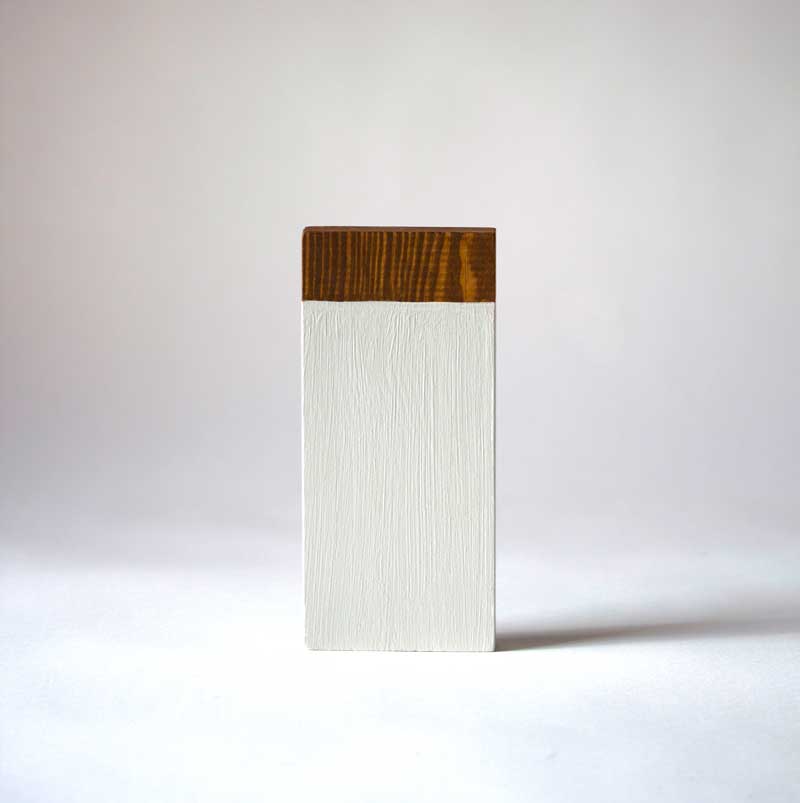Style History ~ 1900-1910 Art Nouveau
Kitchen & Bathroom
The kitchen during the years 1900-1910
In worker's housing, the kitchen serves as a gathering place for cooking, socializing, and sometimes even as a sleeping area. It's not uncommon for the entire family, along with lodgers, to live in the room. People gather around the wood stove or the tiled stove with a warming cabinet, and there may be a cupboard or open shelves for utensils around the room.
In more lavish apartments and villas, the kitchen has a different role. Here, it's purely a workspace with its own entrance, ensuring that kitchen staff, servants, and sometimes even the household children don't enter through the main entrance. The homeowners rarely set foot in the kitchen, and to avoid disturbances from noise and cooking odors, the kitchen is always situated towards the courtyard or the north, as far away from the formal rooms as possible.
From the kitchen, there's a service corridor leading to the dining room. This corridor often contains tall, beautifully built-in cabinets with lower cabinets for larger utensils, drawers for cutlery, and upper cabinets for china, glassware, and serving dishes. There may also be a small workspace for preparation and a small dishwashing area with a sink.
Inside the kitchen, pots and tools are often stored on open shelves or hooks. Food and spices are kept in a pantry, often made of beadboard, against the outer wall with either a window or ventilation, serving as a way to keep it cool. Additionally, there's usually an icebox in the kitchen or a nearby room where the iceman regularly delivers ice blocks.
The food is prepared on a low sink and workbench with lower cabinets and a top surface of Carrara marble. Marble is an excellent surface for food handling, and after dinner, the utensils and dishes are washed in a tub placed on the bench, which may explain its low height. Along the workbench, there is a backsplash which, like the surface, could be made of marble or zinc. If the bench is used solely as a workbench, it is often made of wood or possibly oiled. In the kitchen, there is a sink, but it is only used as a drain. The area around the sink can be made of either zinc or enameled cast iron.
The kitchen is equipped with a tall wall-mounted cabinet that opens with a key. The heart of the kitchen is the wood stove, gradually replaced by the gas stove from the beginning of the 20th century. Around the stove, tiles with beveled edges without grout are placed, and if it's particularly lavish, the tiles may also have borders and pilasters. (The gap was sealed with chalk, pigment, and water, and later with white tile grout.) The kitchen has a lower status than most other rooms, and while living rooms are furnished with fine woodwork, the kitchen is made easy to wipe and keep clean. The walls may be smooth plastered, but it is particularly popular to cover them and the ceiling with beadboard paneling. Some also choose to use wallpaper. However, the woodwork is usually painted or faux painted in the same colors as the rest of the residence. In the first decade of the 1900s, kitchen furnishings are often painted in gray or beige with linseed oil paint. Birch faux painting is also popular during the early part of the decade.
Hygiene during the years 1900-1910
The daily hygiene routine for most people consists of washing hands and faces using a washbowl and basin. Baths are seldom taken, and when they are, it's typically in a tub on the kitchen floor. For those without running cold water in the house, water is fetched from a well in the yard and heated on the stove. With technological advancements, cleanliness and dirt become a clear distinction between the rich and the poor.
For those who can afford it, a small washroom is initially furnished within the home, called a toilet, equipped with a washstand and dressing table. Towards the end of the 19th century, some of the most affluent apartments begin to feature their own bathtub, and in villas, they start appearing in the basement floors. The bathtubs are freestanding cast iron with feet shaped like both lion paws and bird claws. Washstands often have separate hot and cold water taps, are deep, and have a raised back edge to protect against splashing water. Until the 1940s, the faucets often have a porcelain knob labeled "hot" or "cold."
The room is furnished with ceramic tiles, limestone, or marble on the floor. The walls are clad in tongue-and-groove paneling or tiles, with brass details. For the vast majority, having their own bathroom is an incredible luxury and almost unthinkable. Their reality continues to be the tub in the kitchen or possibly a shared bathtub in the basement of a rental building. From 1900 onwards, there is also the option to visit public bathhouses. It is not until later in the 20th century that some newly built apartments start to have their own bathrooms.
Toilet needs are met with outhouses placed in the yard, attic, or, for those in the middle class, there may be an outhouse within the home or stairwell. Fashionable apartments begin to be equipped with flush toilets around the turn of the 20th century.




























































































